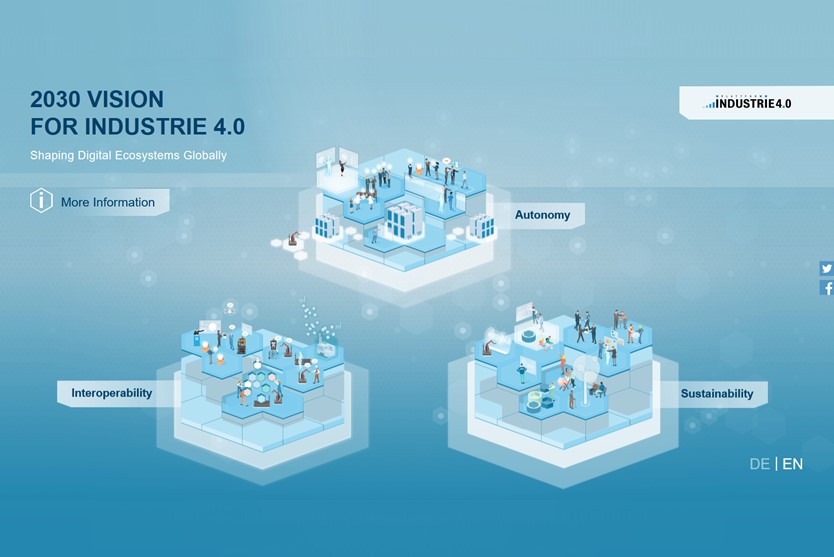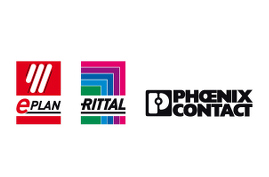What were the challenges to be solved and what specific benefits were achieved?
To enable the import of product information into different engineering tools, component manufacturers must provide information about their products in various data formats. Information is exchanged between engineering tools and with production via special interfaces and various data formats. Project SEAP 4.0 shows how uniform and standardized data, data formats, data models, and data interfaces for engineering tools and for production can be used to implement the ideas of Industrie 4.0.
How can the Industrie 4.0 approach be described?
Data for products such as terminal blocks and power supply units is provided by component manufacturers in eCl@ss data format and integrated into various EPLAN engineering solutions, such as EPLAN Electric P8 or EPLAN Pro Panel, via the EPLAN data portal. The digital items are then available for further use in switchgear manufacturing – for example for creating circuit diagrams, PLC programming or planning assembly work. The result of the engineering – i.e., the virtual prototype – is provided in AutomationML data format for further use. Intelligent production systems, such as the ClipX demonstrator from Phoenix Contact, are then able to use the virtual prototypes to create a suitable production plan for the relevant system independently.
What could be achieved?
Using the virtual prototype and consistent digital description of all components, the conditions for the manufacture of individual industrial products were created. Oriented toward a batch size of 1, they are therefore ideally suited to the challenges of Industrie 4.0.
What can others learn from it?
In order to achieve more efficient value added processes in industry, high-quality technical product data and consistently standardized engineering processes are required. Using the example of a real, highly automated manufacturing process for a batch size of 1, the concrete potential of consistent digitization as well as the complete integration of data across areas and systems was demonstrated in the SEAP 4.0 project.




